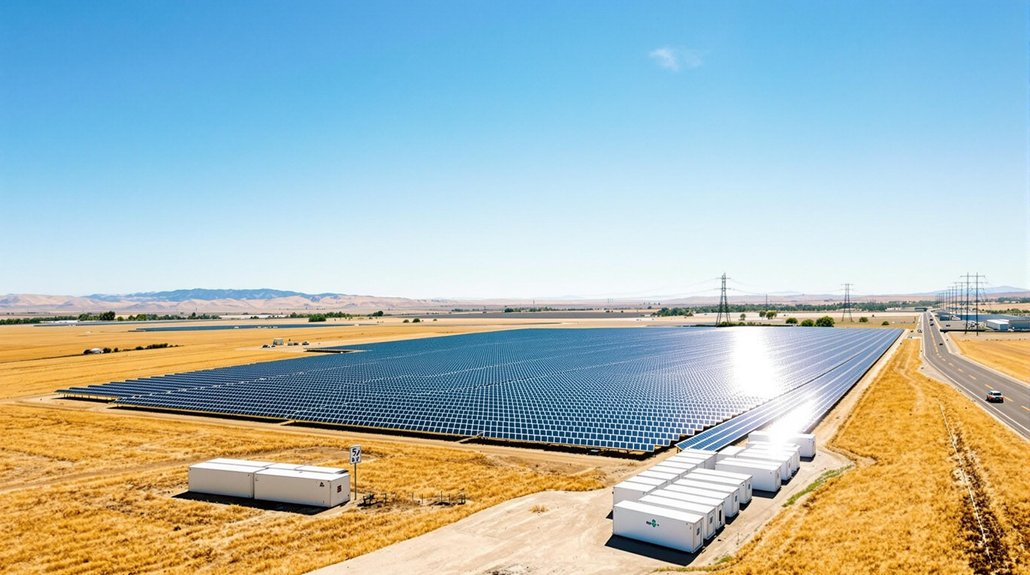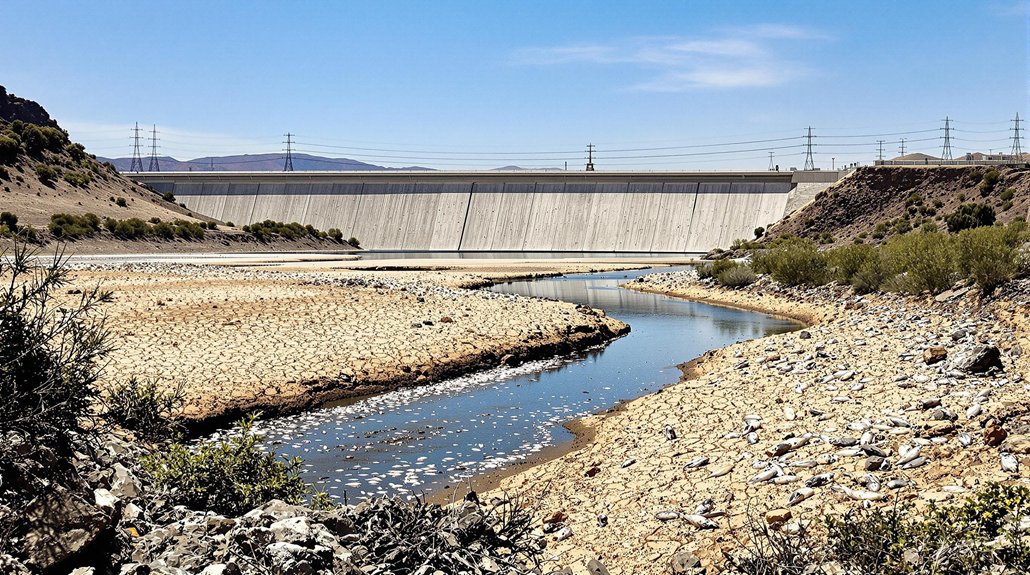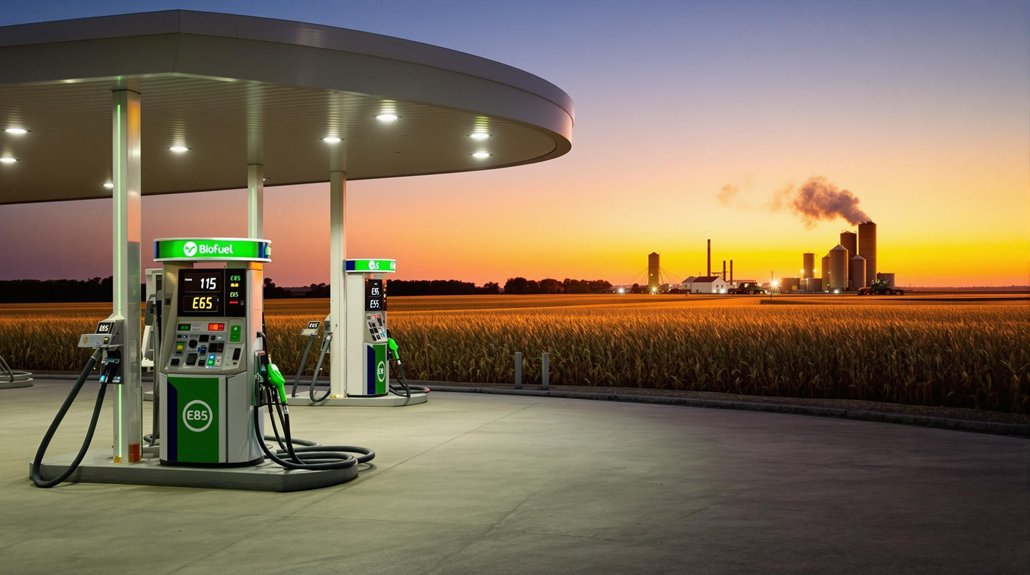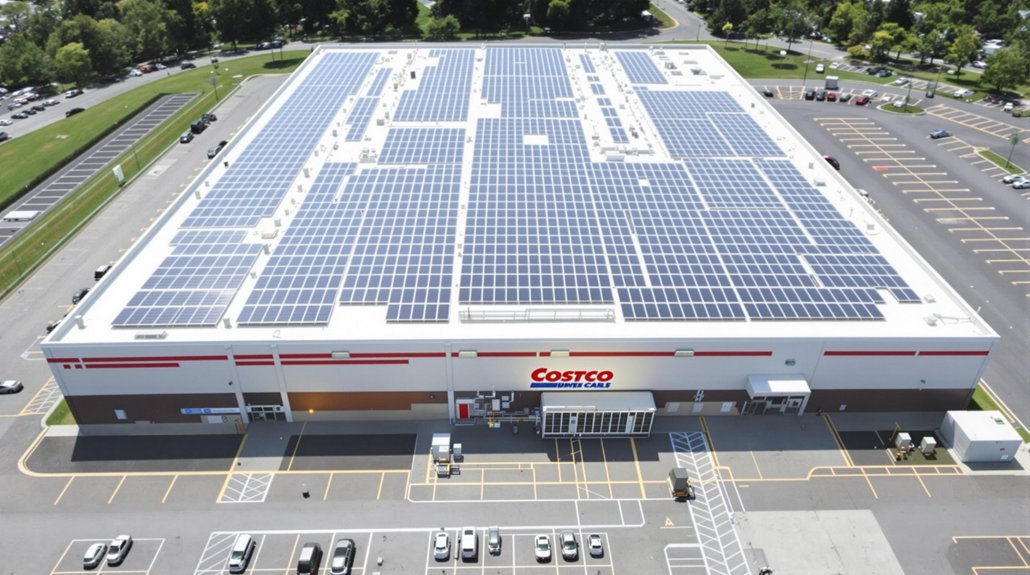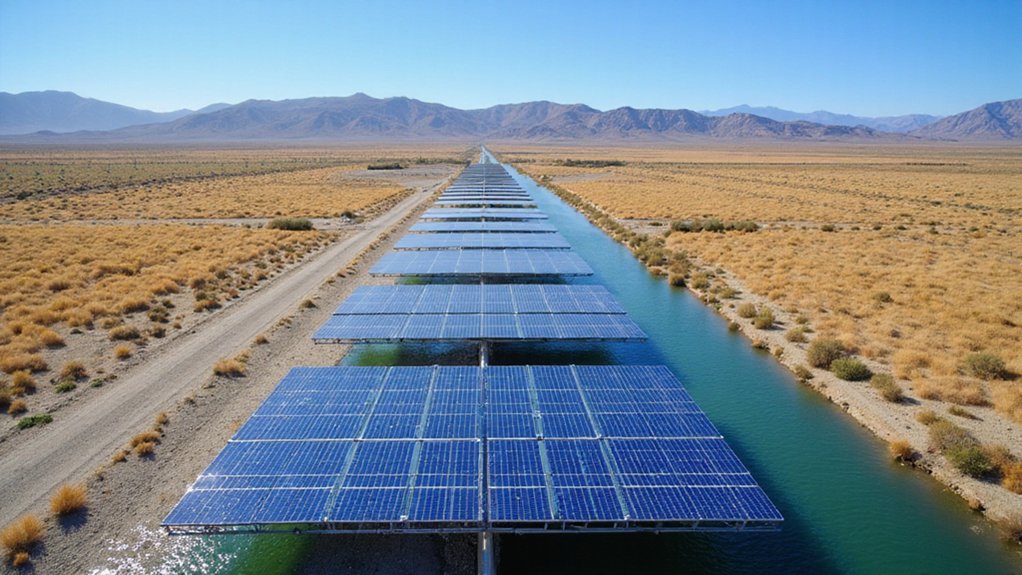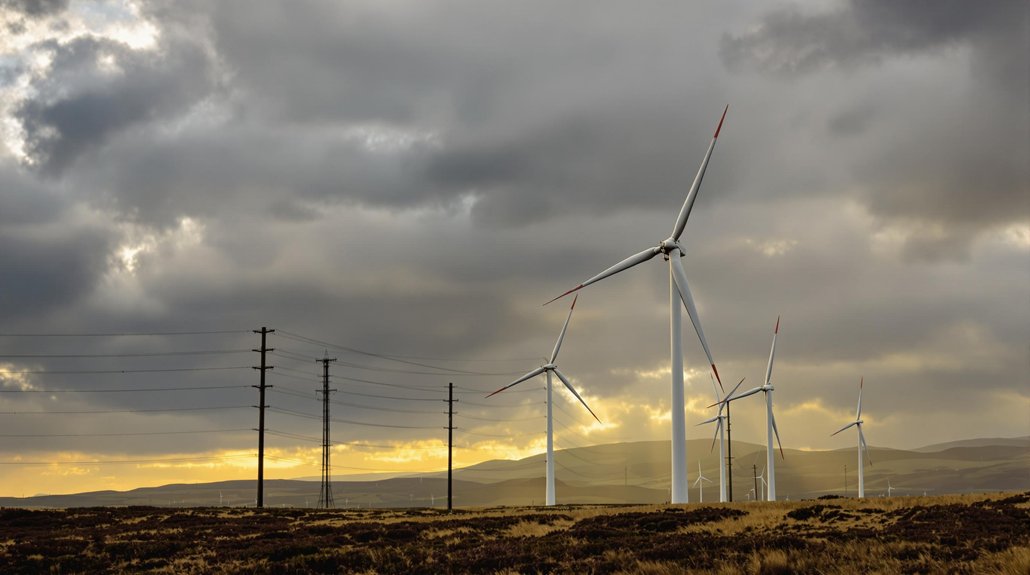Governor Newsom fast-tracked the Cornucopia Hybrid Project in Fresno County, cutting bureaucratic hurdles under SB 7. The 300 MW solar-with-battery facility will sprawl across 2,000 acres near Coalinga, potentially powering 300,000 homes starting mid-2030. Not everyone’s thrilled, though. Local opposition cites fire safety concerns with the batteries, and Supervisor Buddy Mendes questions emergency response capabilities. The economic benefits might not outweigh the agricultural land loss.
Sunshine and electricity storage. That’s what’s coming to Fresno County, thanks to Governor Newsom’s latest power move. The Cornucopia Hybrid Project, a massive 300 MW solar plus 300 MW battery storage facility, just got fast-tracked under SB 7. Fancy paperwork signed, red tape slashed. Just like that.
California’s energy revolution arrives in Fresno with a governor’s signature—bureaucracy bypassed, megawatts unleashed, future fast-tracked.
The project, developed by BayWa r.e., will sprawl across 2,000 acres of southwestern Fresno County land. Not exactly tiny. Located near Coalinga and Avenal, about four miles from Interstate 5, this behemoth promises to power up to 300,000 homes.
Construction won’t start until late 2027 though, with operations beginning mid-2030. Patience, people.
Newsom’s certification, announced in March 2025, basically tells bureaucracy to take a hike. The streamlined judicial review process aims to accelerate what California desperately needs – more clean energy infrastructure. Because waiting for permits is so last decade.
The Environmental Impact Report dropped winter 2024, and Fresno County planners are still flipping through pages. They’re checking all the boxes: agricultural land conversion, water impacts, air quality effects. The project supports California’s ambitious net zero by 2045 goals for clean energy. Standard stuff. Important stuff.
Money talks. The project promises tax revenue for the county, support for local schools, and jobs – both construction and long-term. Local farmers get land lease income too. Win-win, supposedly.
Grid-wise, the project will connect to PG&E’s Tranquility Substation via a 3.5-mile transmission line. It’ll help California reach that ambitious 90% clean energy by 2035 goal. Good luck with that.
This combined solar-battery approach addresses one of the biggest energy storage challenges facing widespread renewable adoption today.
Not everyone’s thrilled, of course. Locals have concerns about the location. Fire safety with those batteries? A legitimate worry. Agricultural land disappearing? Also concerning. And some wonder if the fire department can handle potential battery blazes. Supervisor Buddy Mendes has explicitly voiced opposition to the project, citing insufficient resources for emergency response.
But progress marches on. Clean energy waits for no one. Especially not with Newsom wielding his certification pen.
